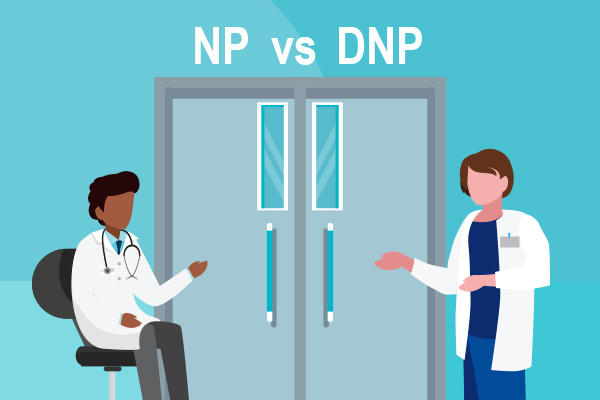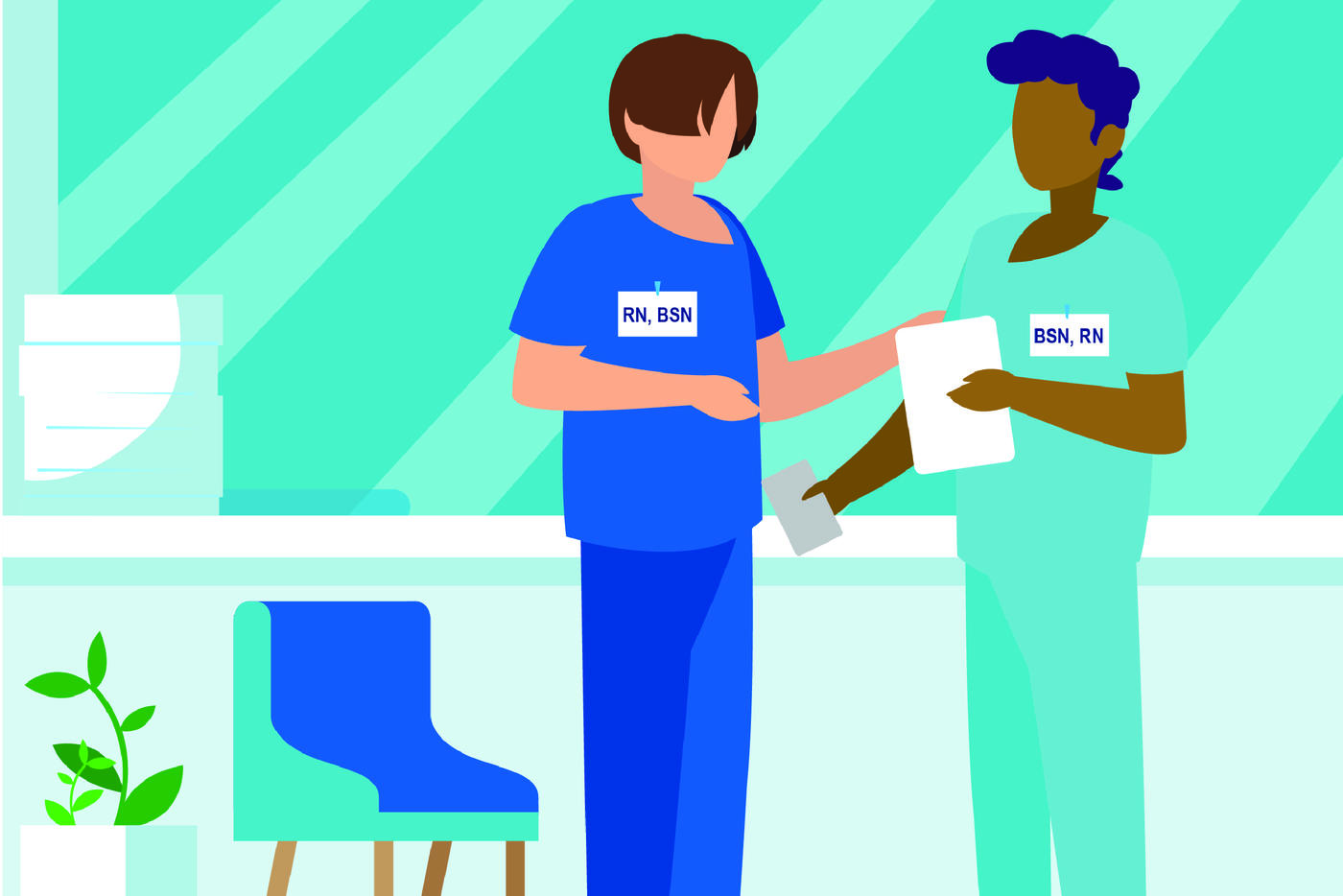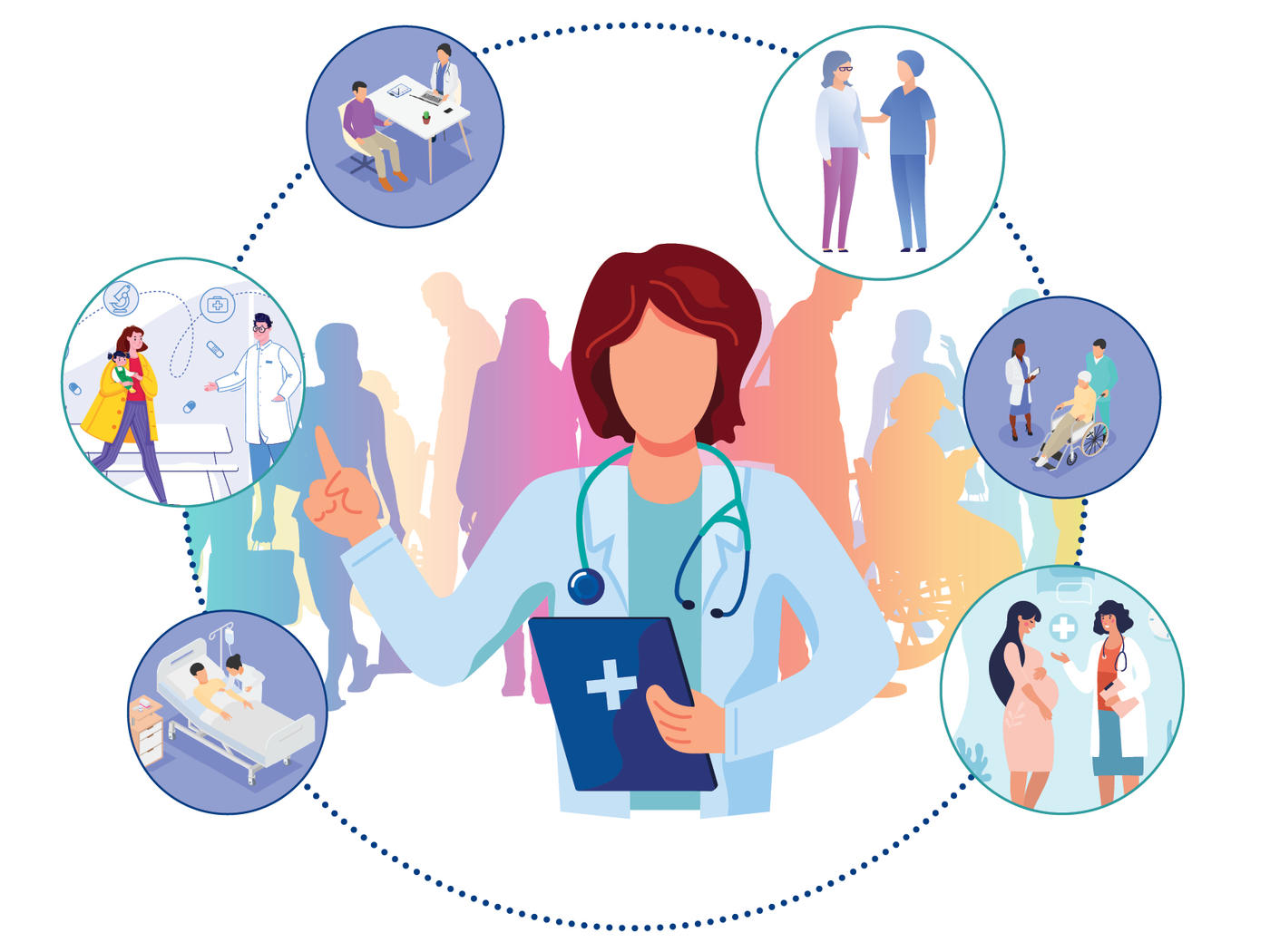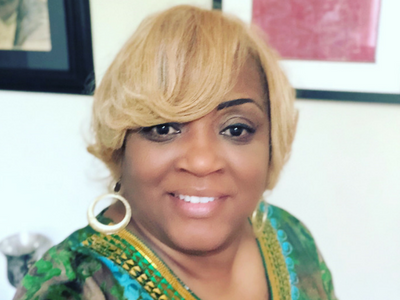Featured
Tags
Share
- Home / Blog / Nursing Today / Chamberlain Partners with the American Red Cross to Expand Learning Opportunities
Chamberlain Partners with the American Red Cross to Expand Learning Opportunities
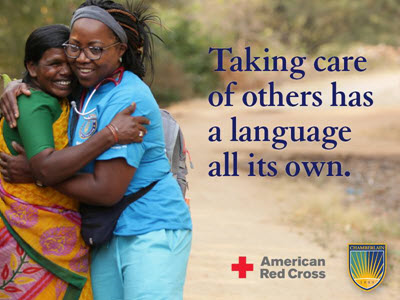
When a tornado rips through a town, when a community rallies together to donate life-saving blood, and when a family learns how to improve their health and wellness, you will find nurses serving on the front lines.
Thanks to a new clinical education partnership between Chamberlain College of Nursing and the American Red Cross, students in the Bachelor of Science in Nursing (BSN) degree program have the opportunity to step outside the traditional classroom setting and experience first-hand caring for communities in need.
Through this clinical education partnership, Chamberlain BSN students will participate in Red Cross initiatives that will help build their clinical skills while practicing Chamberlain’s person-centered approach to caring for patients. Students will complete clinical practice experience and/or earn credit toward completion of course objectives through academic service and supporting the Red Cross by:
- Assisting with blood service collection.
The American Red Cross is the largest single supplier of blood and blood products in the U.S. Each year, roughly 4 million people donated blood through the Red Cross, helping to provide about 40 percent of America’s blood supply.
- Participating in disaster services.
The American Red Cross responds to more than 70,000 disasters in the United States every year, ranging from home fires that affect a single family to tornados that devastate communities. During these events, the Red Cross provides shelter, food, health and mental health services to help families and entire communities get back on their feet.
- Teaching others on preparedness, health and safety.
Each year, more than 6.25 million people receive training and information in first aid, water safety and other skills that help save lives. 3 By volunteering in public health services, nurses enhance their abilities to help educate their patients and the communities they serve.
“The American Red Cross’ mission of serving others aligns well with Chamberlain College of Nursing’s mission of educating and empowering diverse healthcare professionals who advance the health of people, families, communities and nations,” said Vickie Mudra, national director of clinical learning resources for Chamberlain. “This partnership, which creates expanded learning opportunities for our students and provides care and public health services to local communities, creates meaningful opportunities that benefit both our students and the communities they serve.”
“I’m delighted with the Chamberlain College of Nursing and American Red Cross partnership that promotes learning through community service,” said Linda MacIntyre, chief nurse for the Red Cross. “The Red Cross has a strong history of volunteer nurse leaders. We welcome the Chamberlain nursing students and faculty as we work together to build strong communities across the globe.”
Chamberlain has adopted an experiential learning approach to pre-licensure clinical education in nursing. This approach, known as the Experiential Learning Model, incorporates active learning methods designed to improve a student’s understanding of complex clinical environments by using a variety of experiences, called Experiential Learning Opportunities (ELO). These ELOs deliver increased student engagement by providing more hands-on experiences for students that are beneficial for developing engaged citizenship, fostering civic responsibility, and the importance of contributing to the broader public good, something that nurses do every day.
“Chamberlain already provides students with experiential learning opportunities in several ways including through our SIMCARE CENTER™, Global Health Education Program and virtual learning environments,” said Patricia Wagner, DNP, GNP-BC, dean of clinical education for Chamberlain. “Through this clinical partnership with the American Red Cross, our students will benefit from even more opportunities outside of the classroom to provide person-centered care and health and wellness education to diverse communities.”
By Chamberlain University
More from Nursing Today
Request More Information
To receive the Chamberlain University Program Guide, including associated career paths, please select a program of study.




